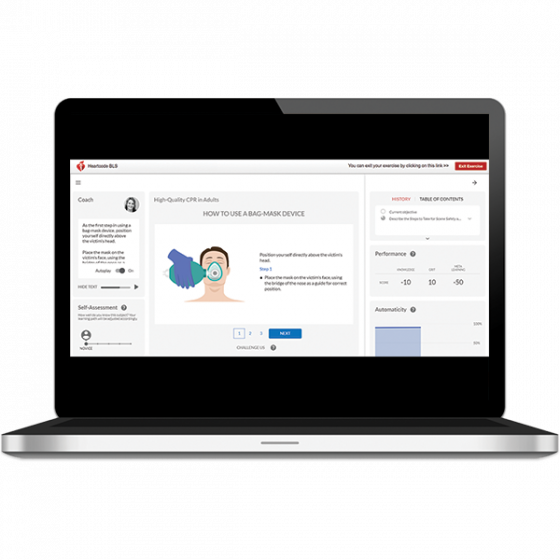


Product Details
Description
HeartCode Basic Life Support AHA Product Number 20-3553 ISBN: 978-1-61669-796-9 is the AHA’s blended learning delivery method for the BLS Course. HeartCode blended learning delivers quality resuscitation education regardless of where providers are located and gives them more control to complete the course at their own pace. Providers first complete the online portion of HeartCode BLS and then complete a hands-on skills session with an AHA BLS Instructor or on a simulation station.
This product has been updated with new science from the 2020 Guidelines for CPR and ECC and replaces the previous version (15-3254). If you are a student, please confirm with your Training Center that this is the appropriate product for your training.
How does the 2020 Guidelines version of HeartCode differ from the 2015 Guidelines version of HeartCode?
The 2020 Guidelines HeartCode uses a personalized adaptive algorithm that sets students on the most efficient path to mastery. Students follow a continuously adapting learning path that is personalized by their own inputs: their performance, and their self- reported confidence level related to each probing question. The course content is presented in the form of self-directed learning content, probing questions, and Cognitive Assessment Activities (CAAs).
Audience
This course is designed for healthcare professionals and other personnel who need to know how to perform CPR and other basic cardiovascular life support skills in a wide variety of in hospital and pre-hospital settings

